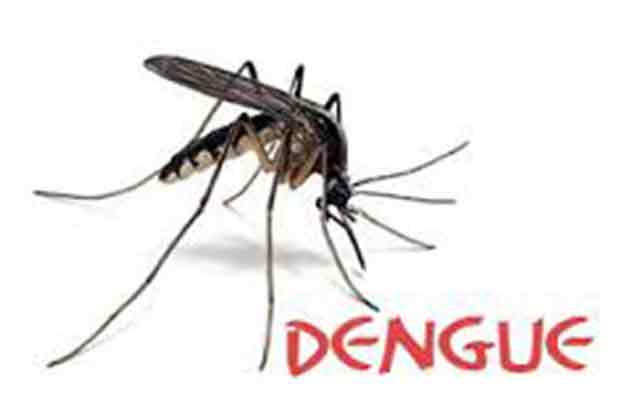- Dengue is a vector-borne disease transmitted by the bite of an infected female Aedes Aegypti mosquito.
- The mosquito becomes infected when it feeds on the blood of a person infected with the virus. After about one week, the mosquito can then transmit the virus while biting a healthy person.
- There are 4 serotypes of the virus that causes dengue. These are known as DEN-1, DEN-2, DEN-3, DEN-4.
- Infection with one strain will provide life-time protection only against that particular strain. However, it is still possible to become infected by other strains and develop into severe dengue.
- Dengue cannot be spread directly from person to person. However, a person infected and suffering from dengue fever can infect other mosquitoes.
- Most cases occur in tropical areas of the world, including the Indian subcontinent, Southeast Asia, Southern China, Taiwan, the Pacific Islands, the Caribbean, Mexico, Africa, Central and South America.
- Dengue causes flu-like symptoms and lasts for 2-7 days. Dengue fever usually occurs after an incubation period of 4-10 days after the bite of the infected mosquito.
- High Fever (40°C/ 104°F) is usually accompanied by at least two of the following symptoms: headaches, pain behind eyes, nausea, vomiting, swollen glands, joint, bone or muscle pains and rash.
- There is no vaccine or specific medication for dengue fever. Patients should seek medical advice, rest and drink plenty of fluids.
- As a precautionary approach, patients can adopt measures to reduce transmission by sleeping under a treated net especially during the period of illness with fever.
- Aedes aegypti is a daytime feeder. The peak biting periods are early in the morning and in the evening before dusk.
- Aedes aegypti has evolved into an intermittent biter and prefers to bite more than one person during the feeding period. This mechanism has made Aedes aegypti a very highly efficient epidemic vector mosquit
